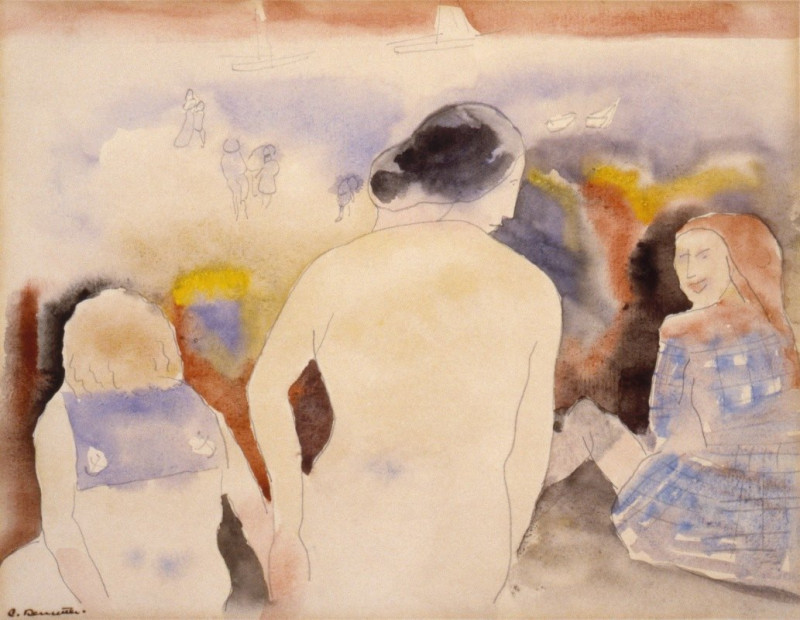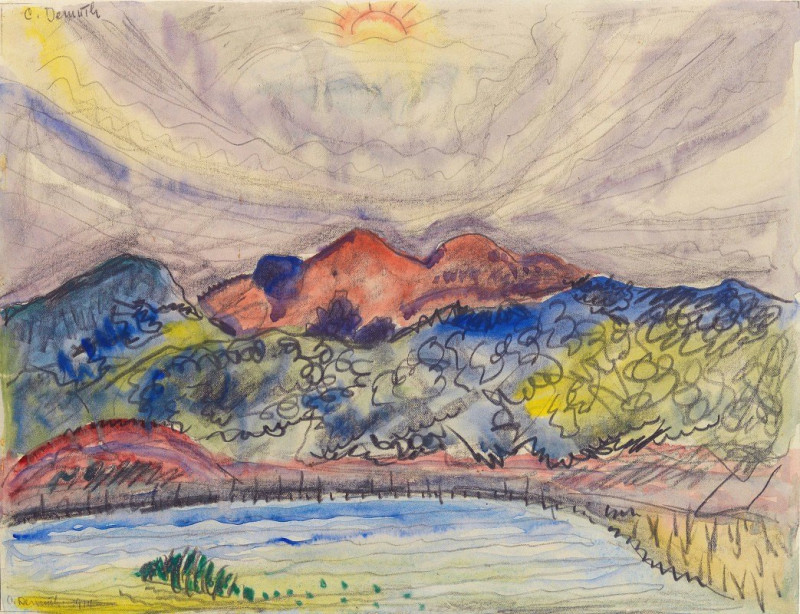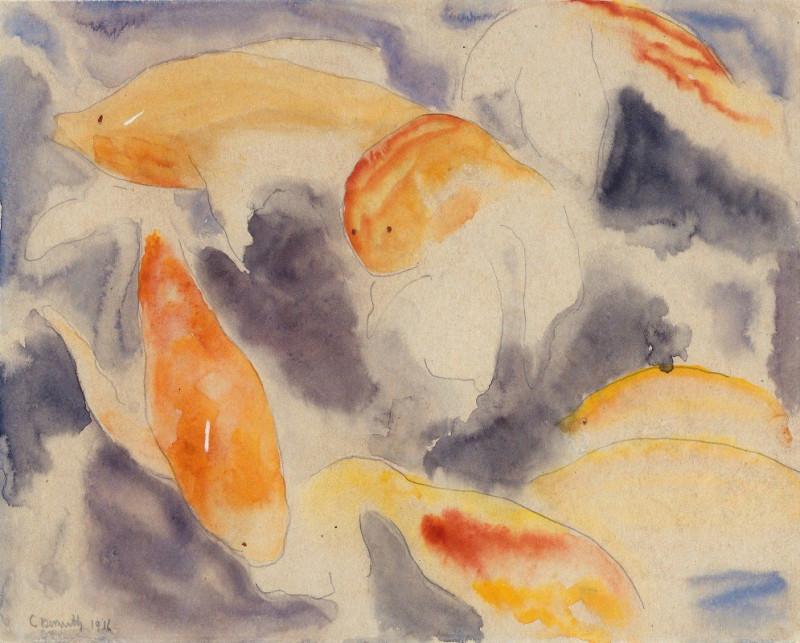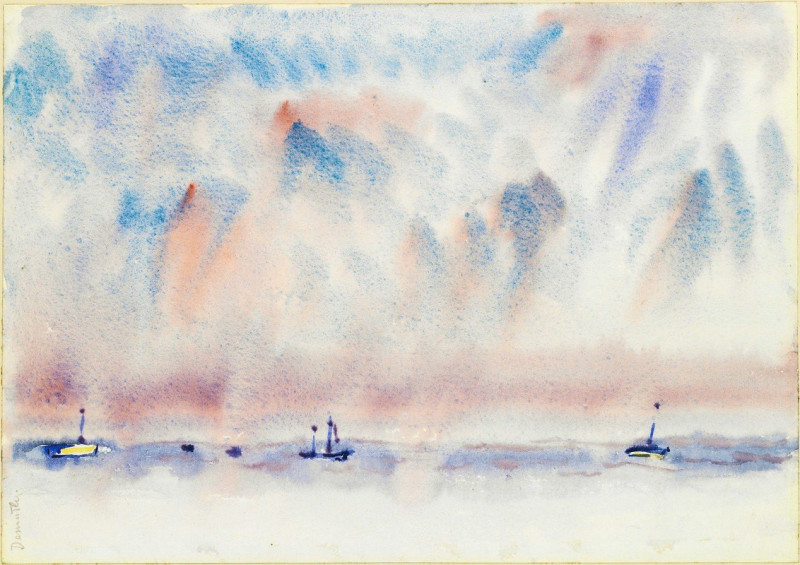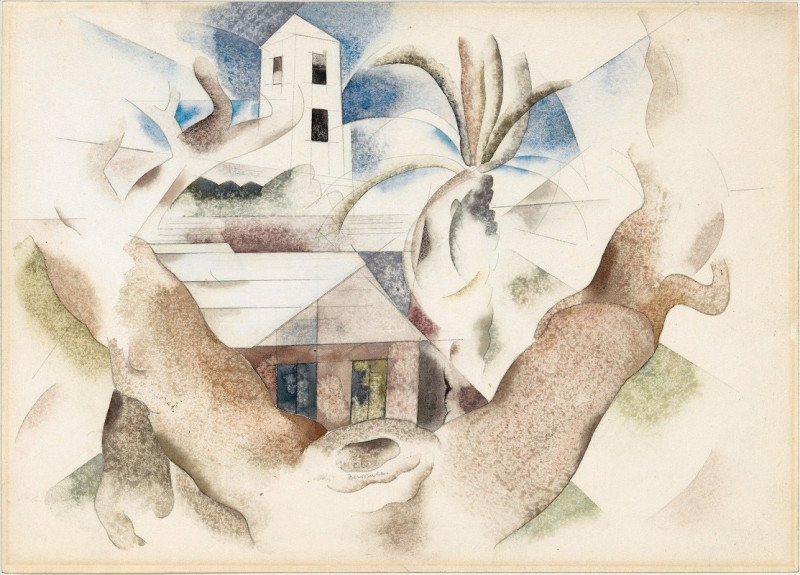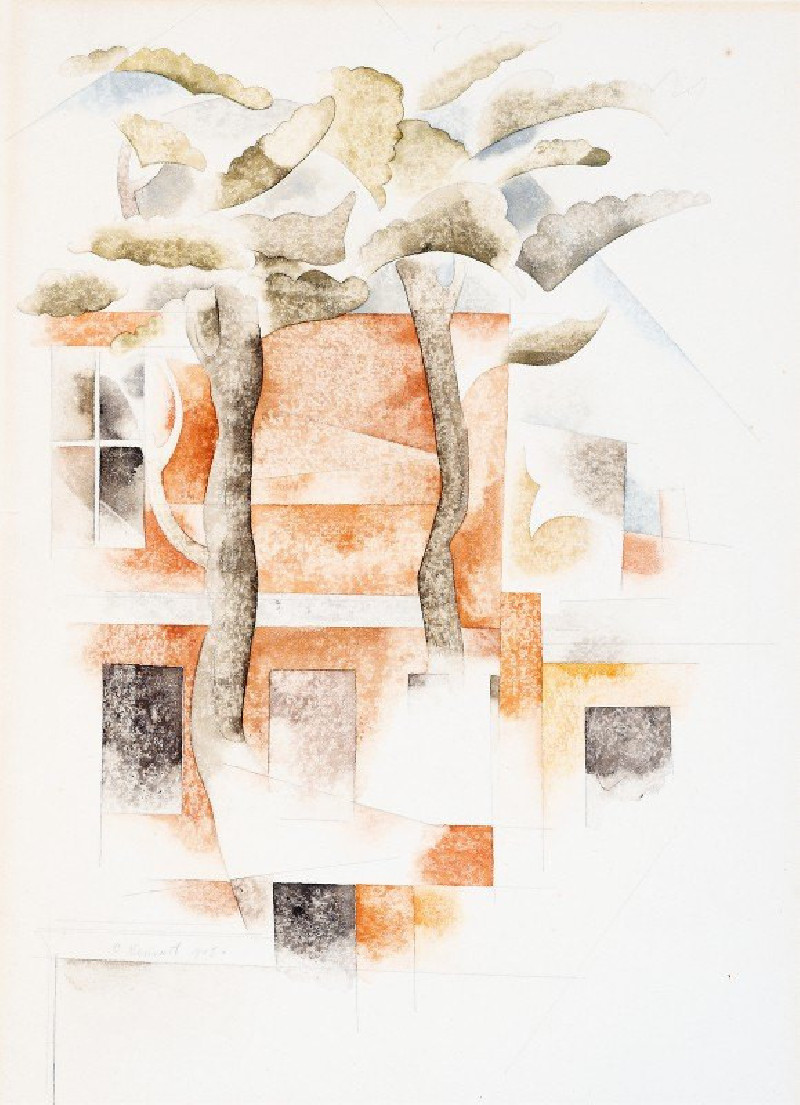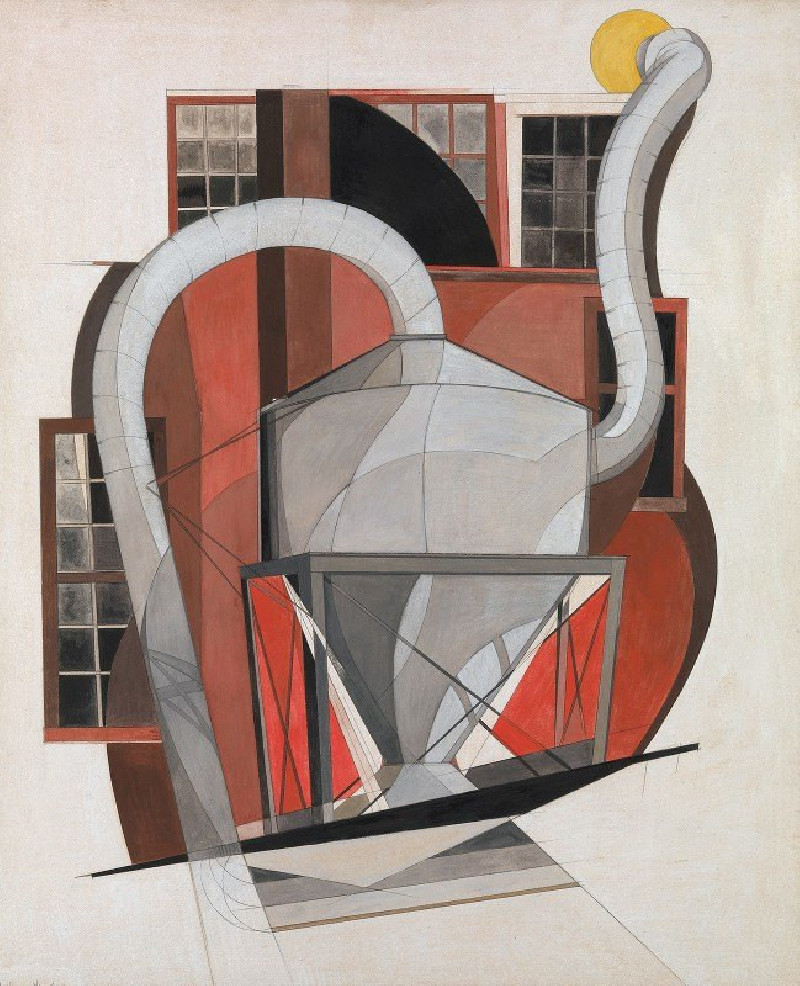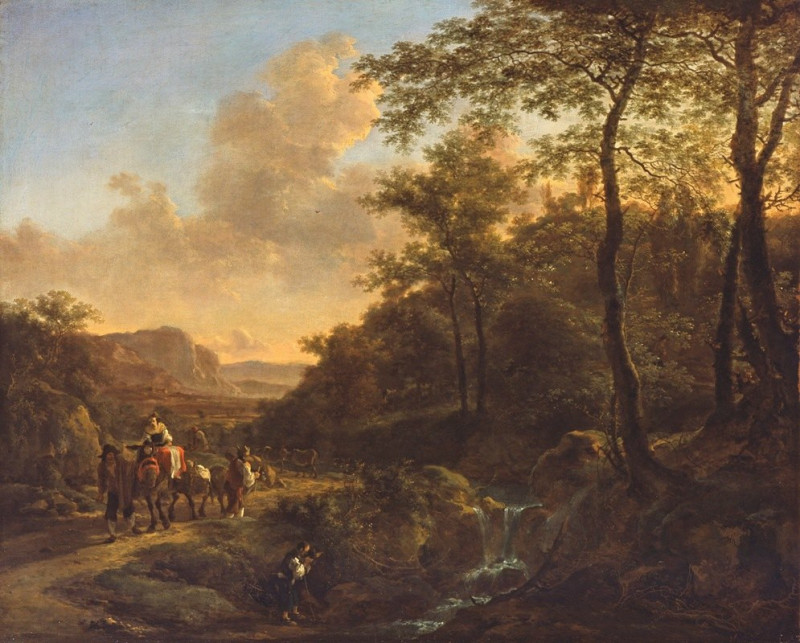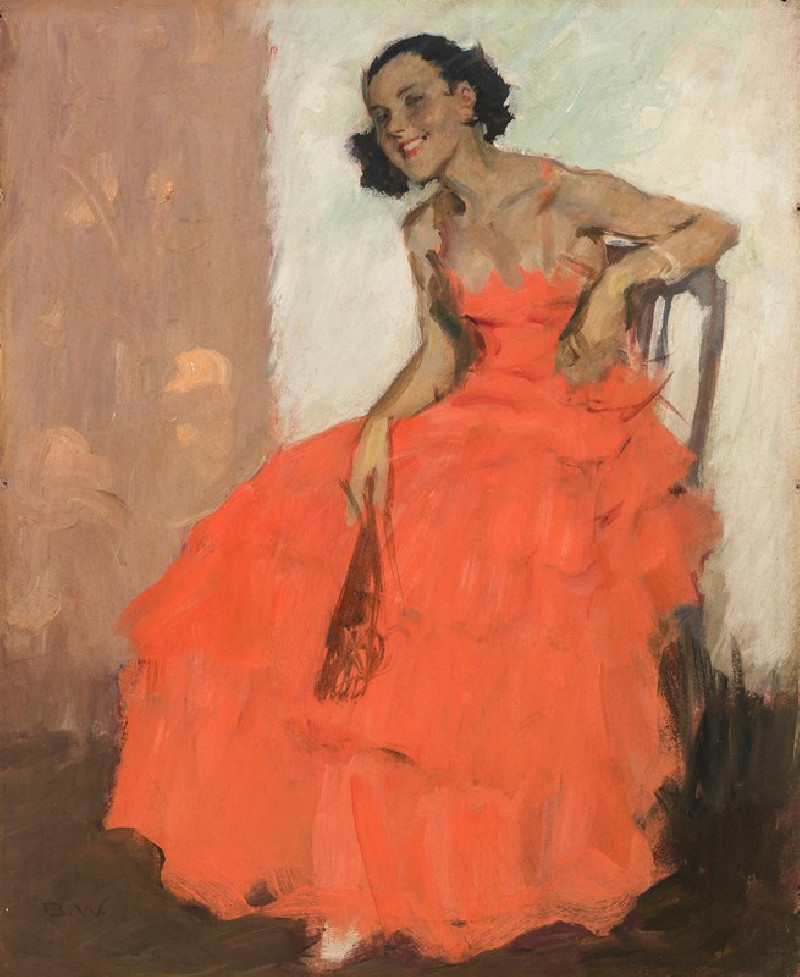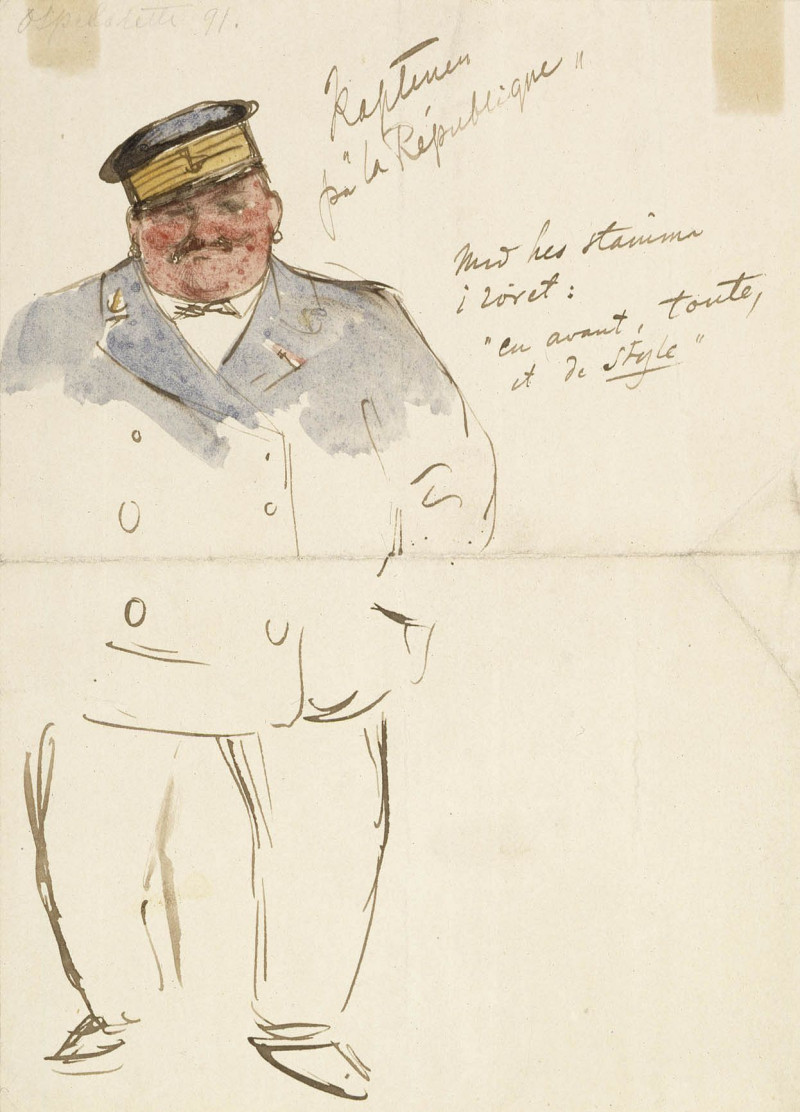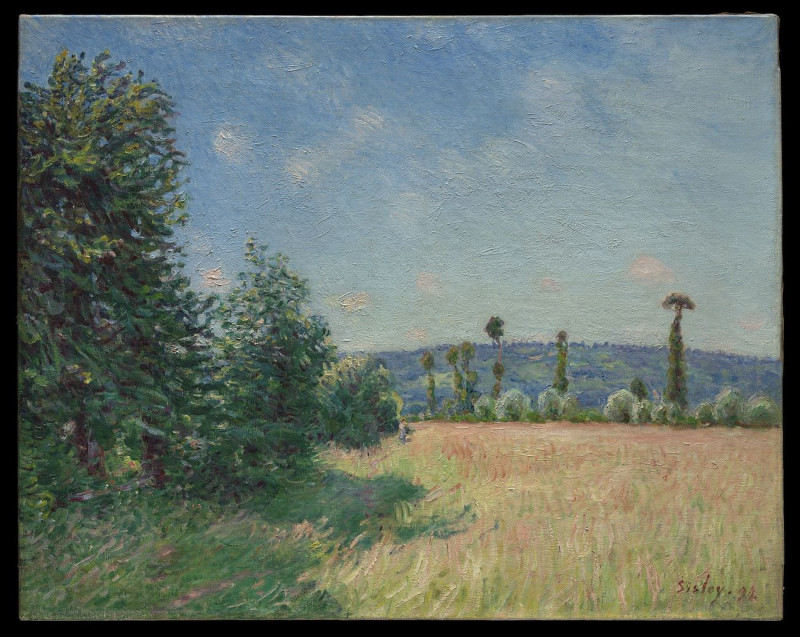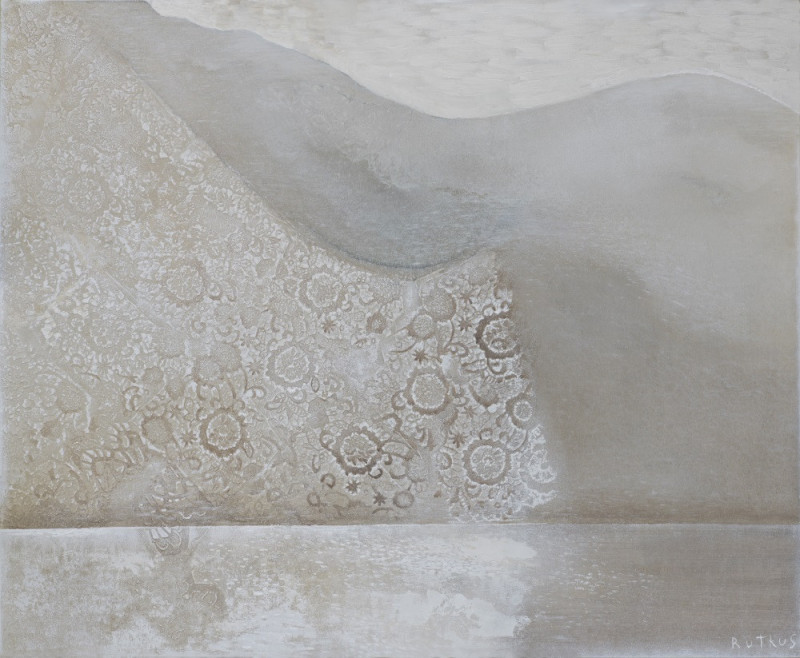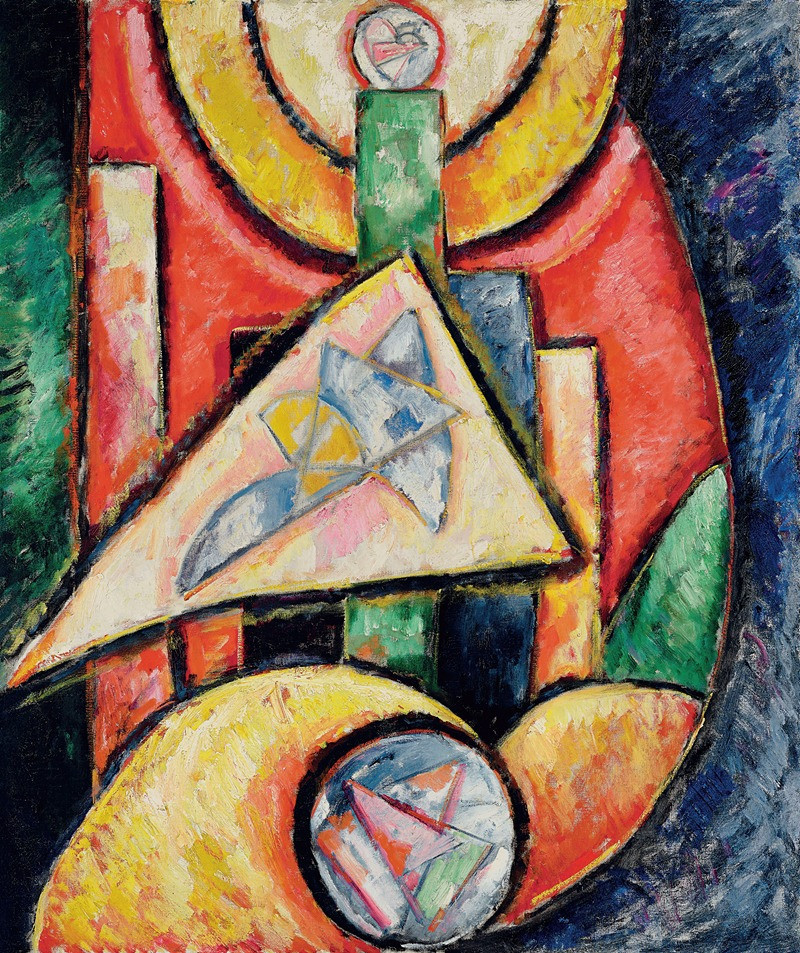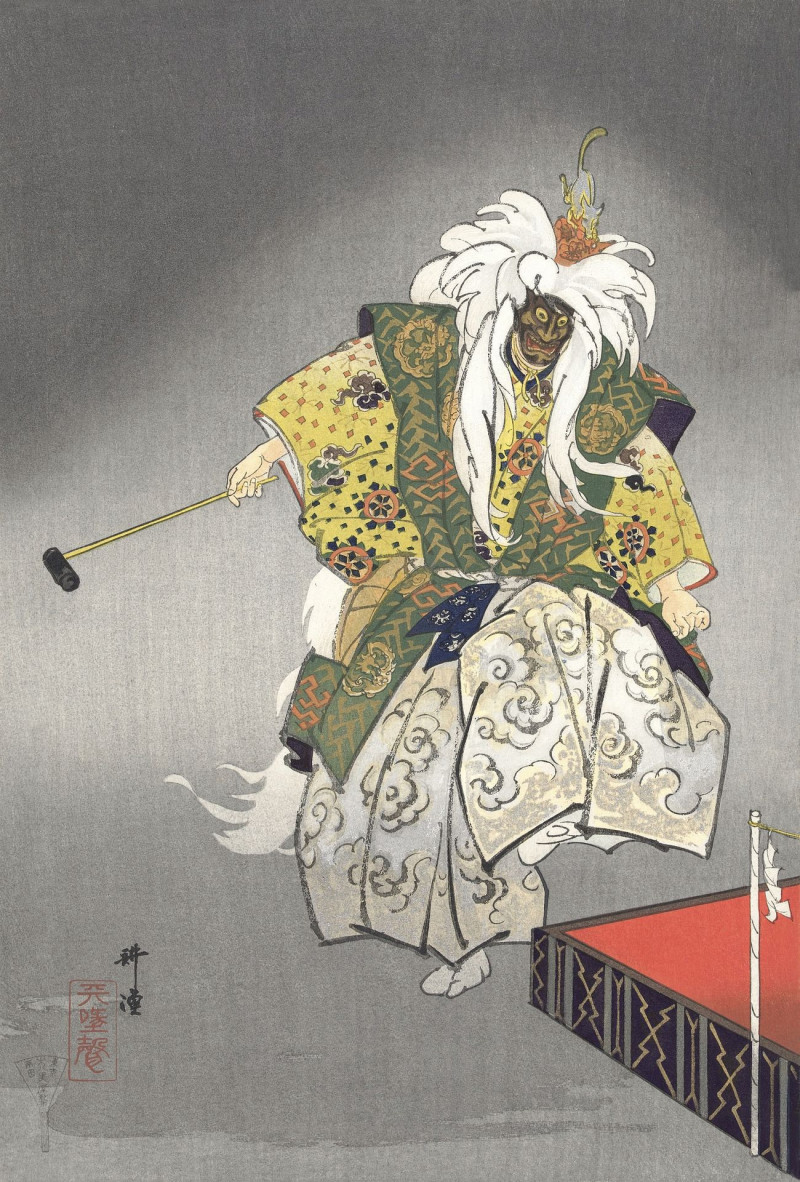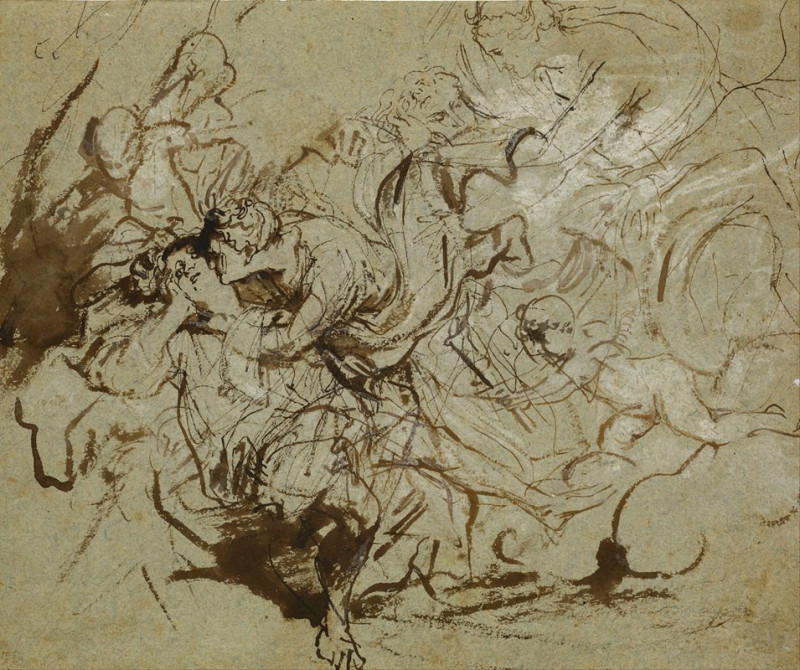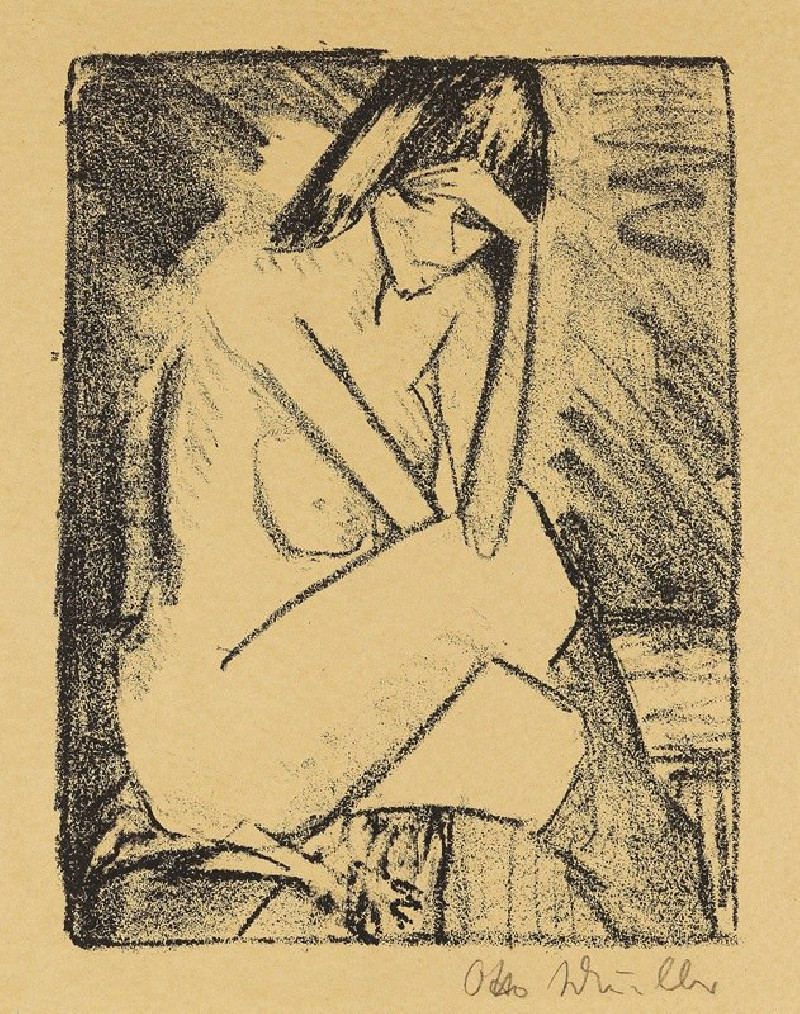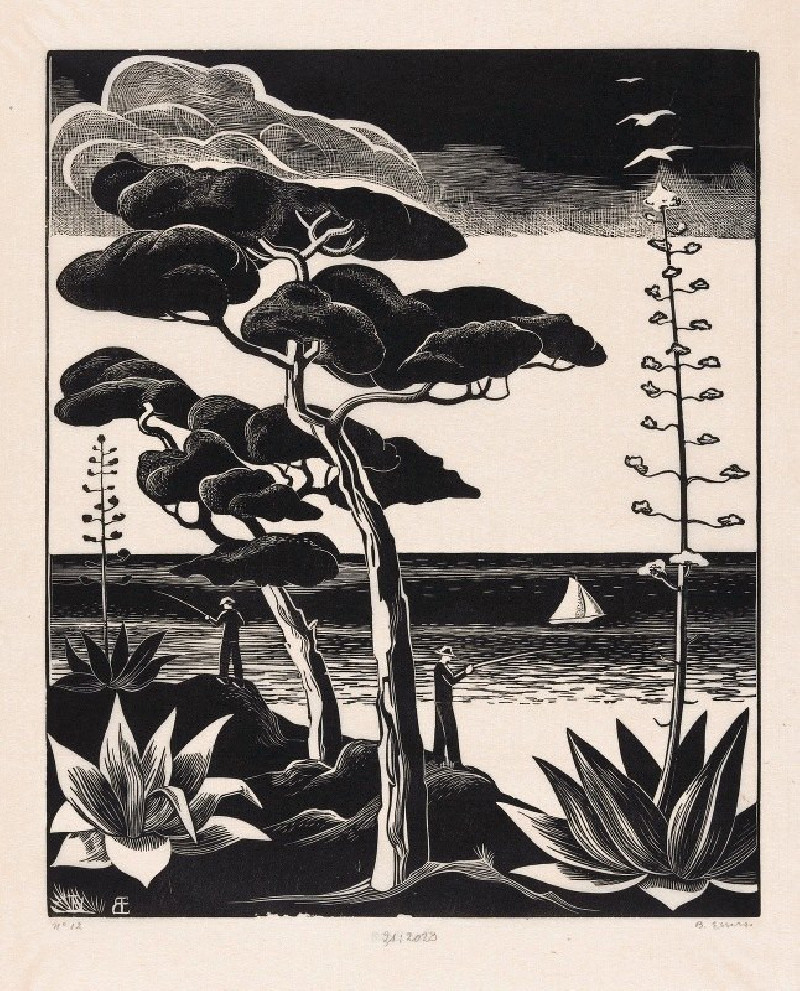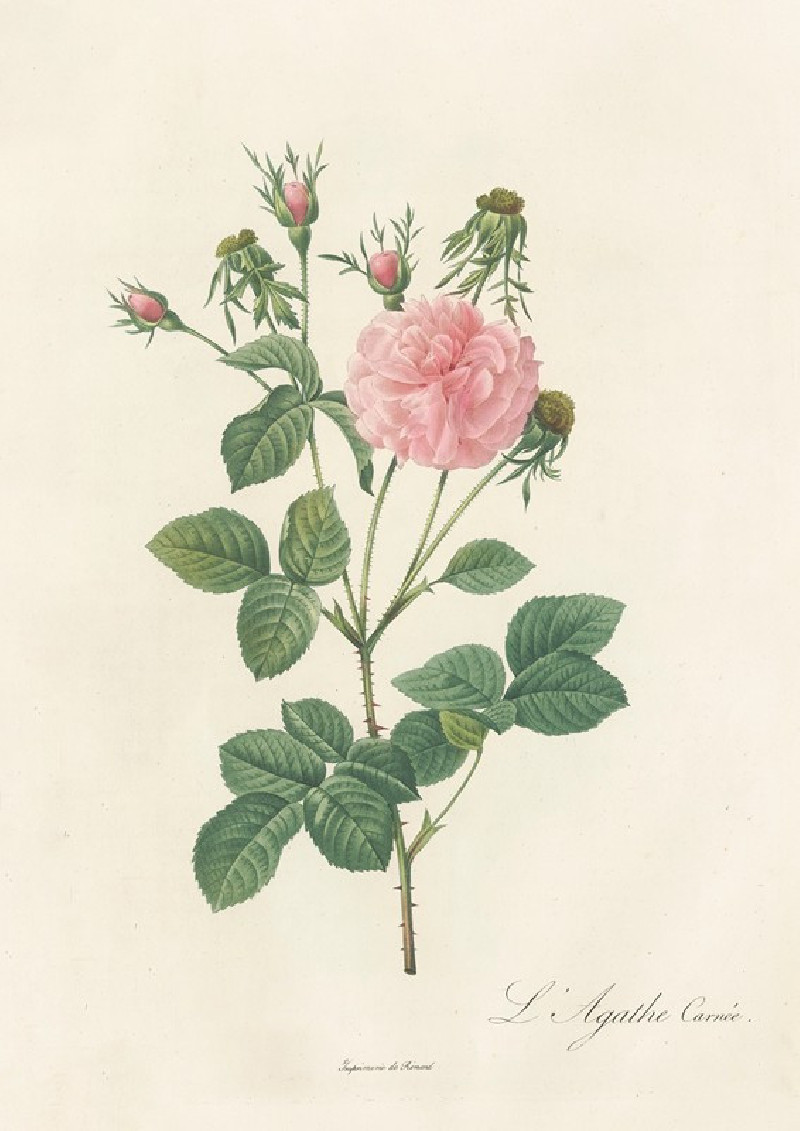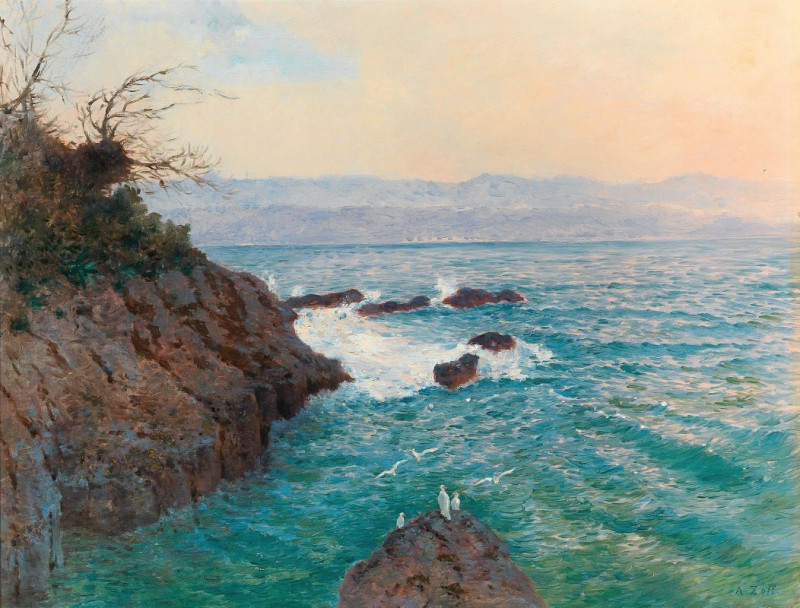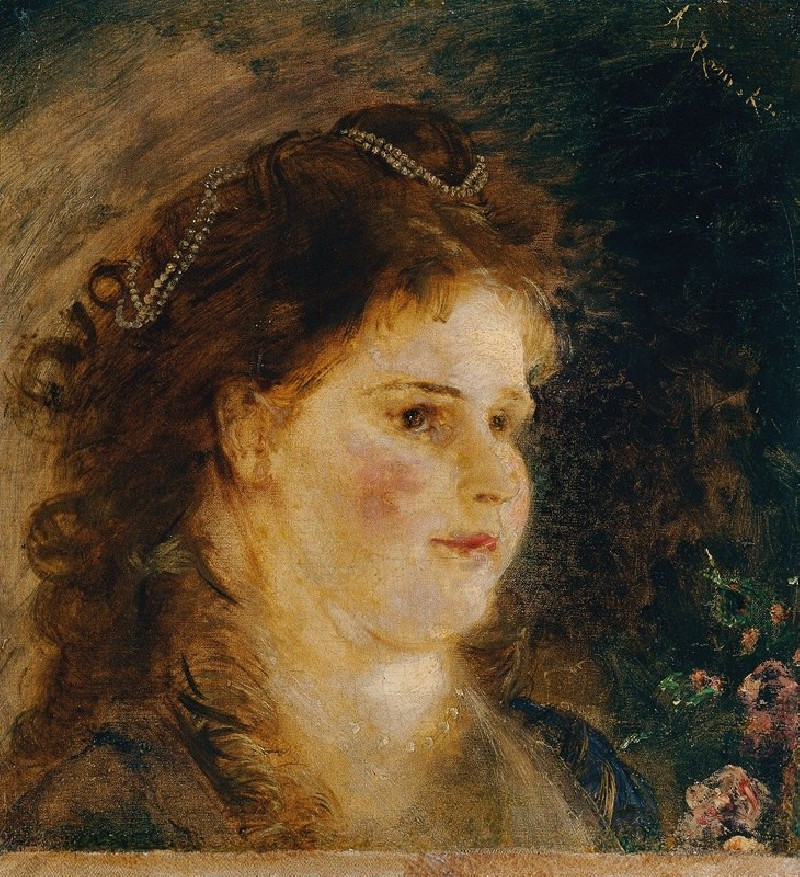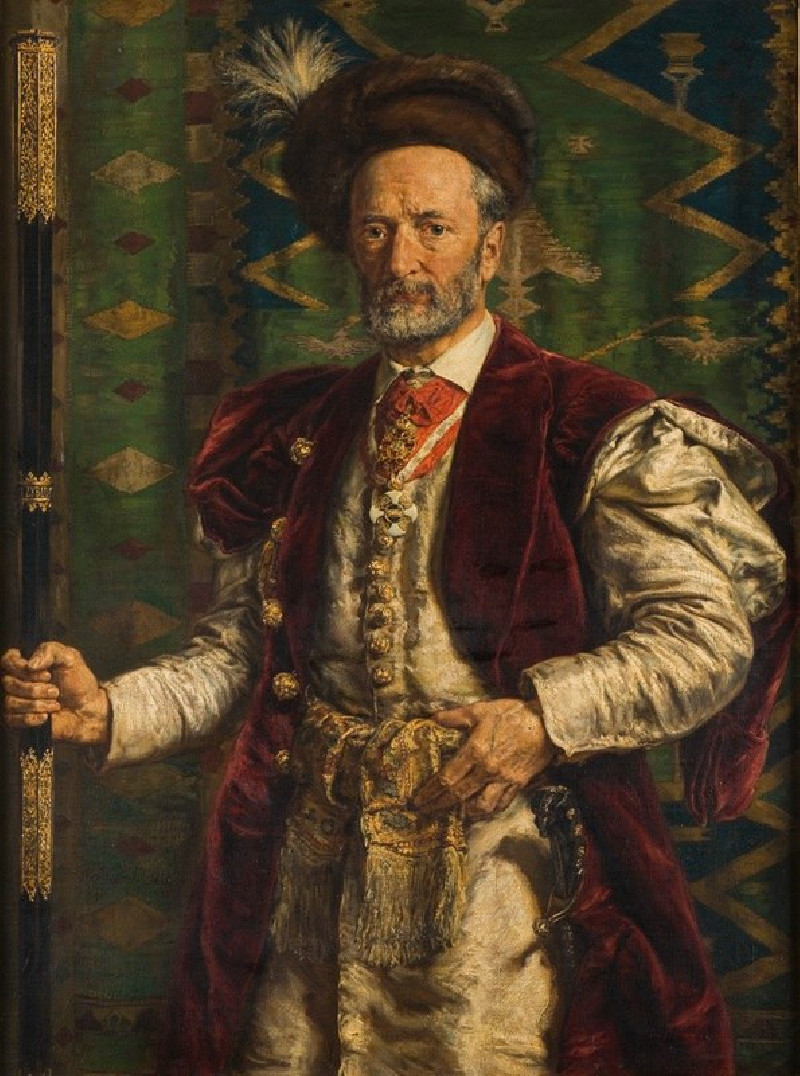Scene After Georges Stabs Himself With The Scissors
More about this artwork
Delivery
Reproductions are made to order and take 5 to 7 working days.
We send them out by courier and delivery takes another two working days.
If you need a reproduction sooner, please contact us - we can usually find a solution and produce it a little faster.
If you don't want to pay for postage, you can pick up your paintings at our galleries in Kaunas or Vilnius.
Returns
Yes, reproductions can be returned.
If you have any doubts more than 30 days after the date of purchase, please contact us - we will take the reproduction back for a refund or offer you a replacement!
We accept a maximum of two returns per customer - please note that we make reproductions to order, so please choose responsibly.
We do not refund shipping expenses.
Charles Demuth (1883-1935) was one of the leading artists during the American Modernism era. He was distinguished for intimate watercolors and cubic architectural paintings. Demuth studied art at Académie Julian in Paris, where he was welcomed into the avant-garde art scene and met other American Cubism artists like Marsden Hartley. His watercolor figures have a weightless and surrealistic character with a sensitive linear style, in which he illustrated plays and novels such as Émile Zola's Nana. He also depicted an evolving gay scene of encounters at bath houses through watercolors for his close friends, like the "Turkish Bath", works that now are of great historical significance. Demuth later employed a cubist technique by painting industrial factories with complex structural planes, leading him to becoming a pioneer for the precisionist movement.

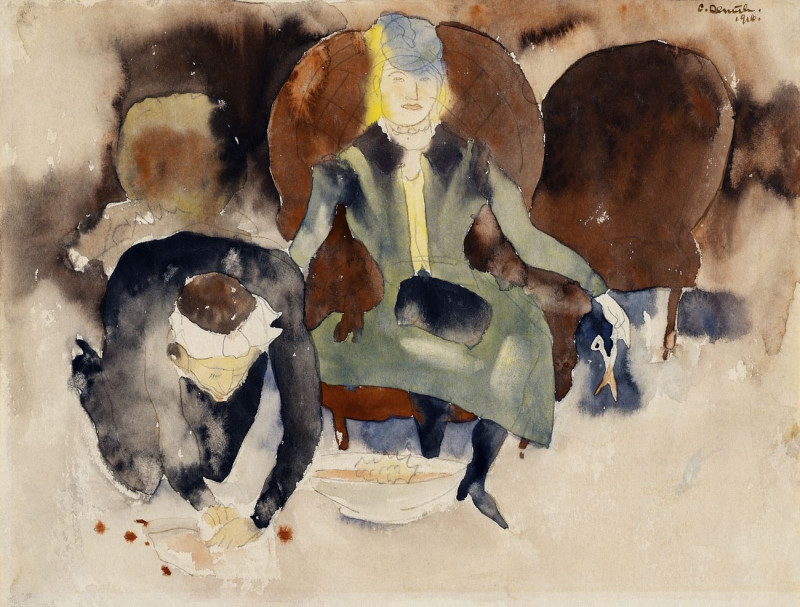
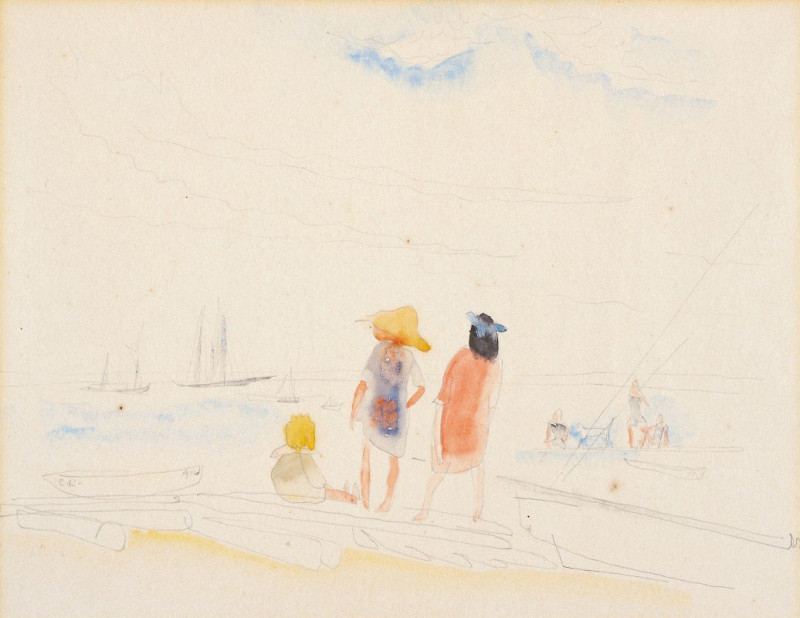
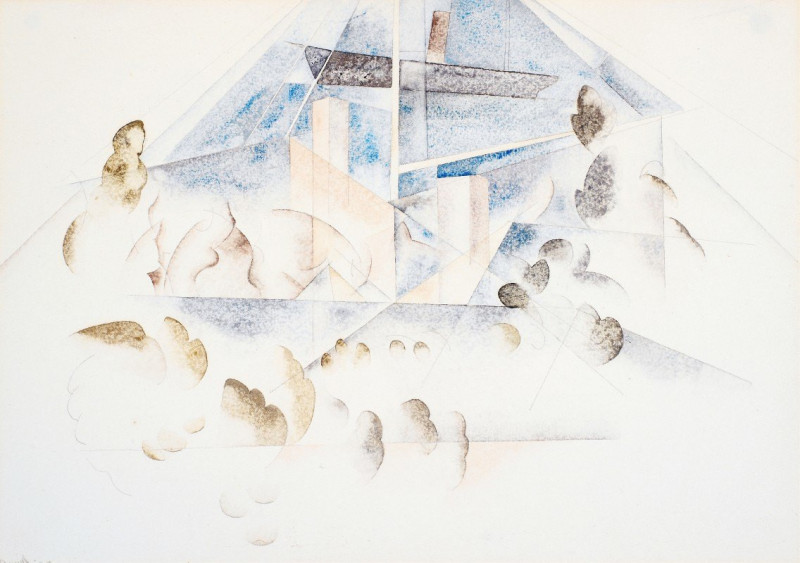
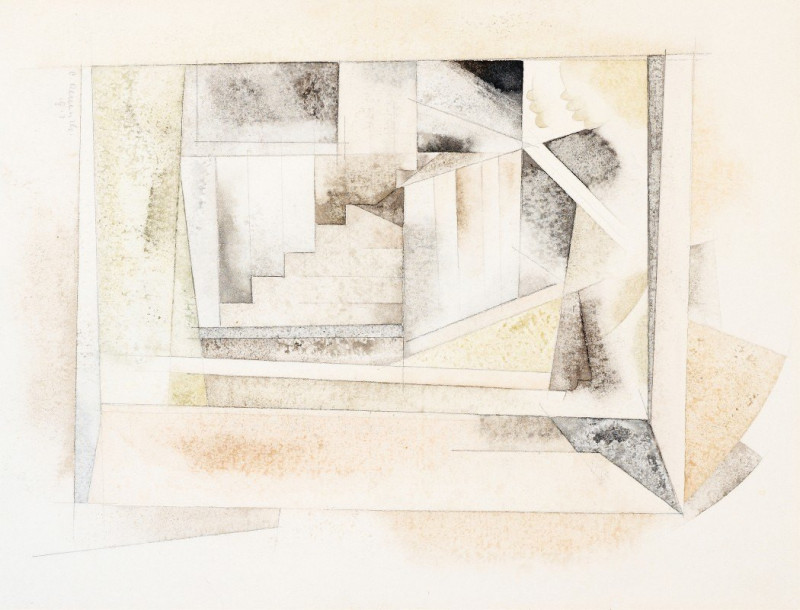
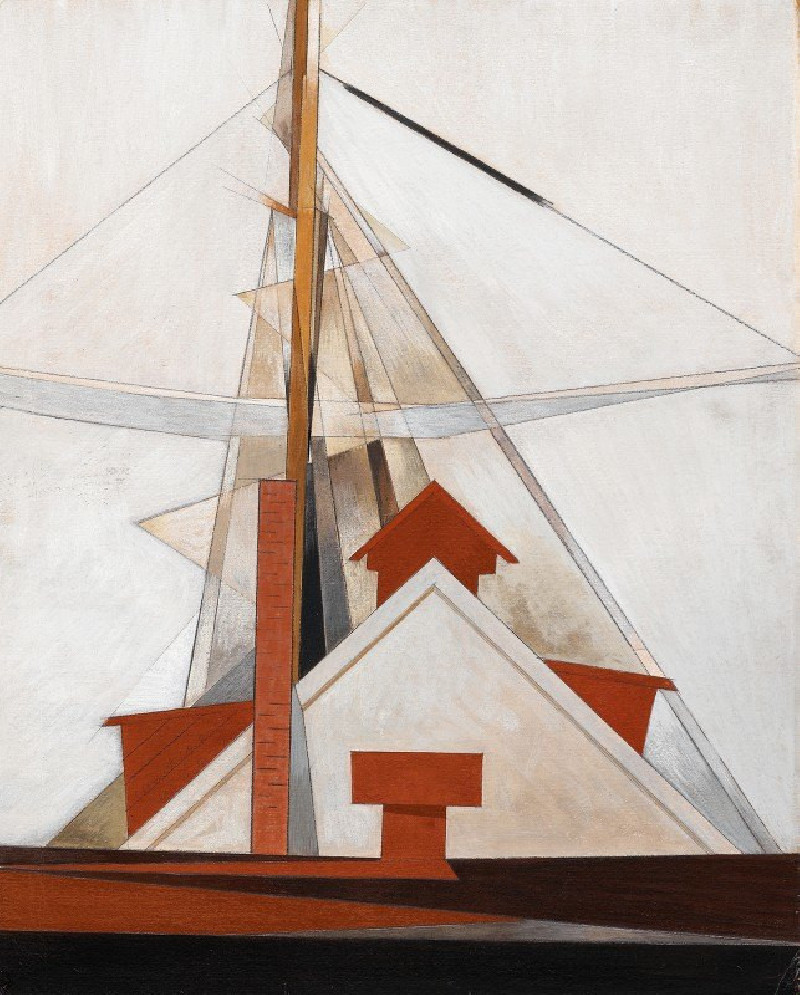
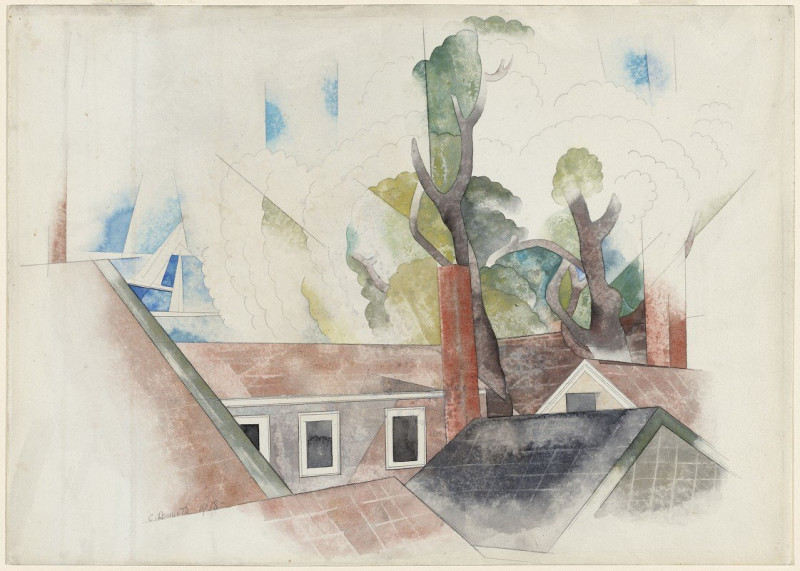
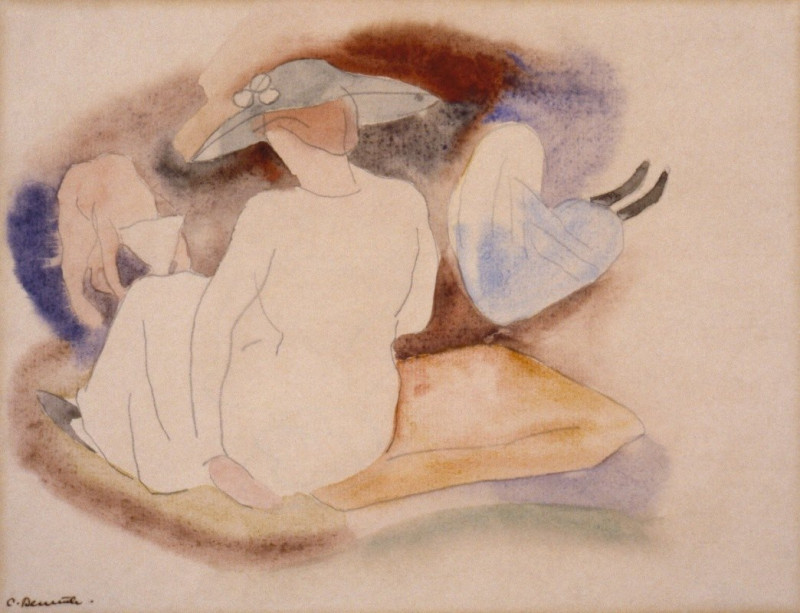
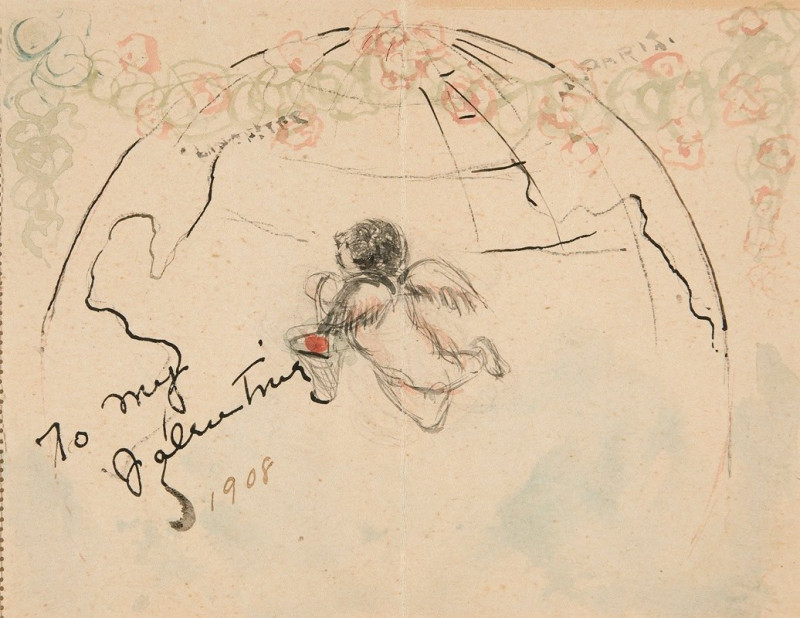

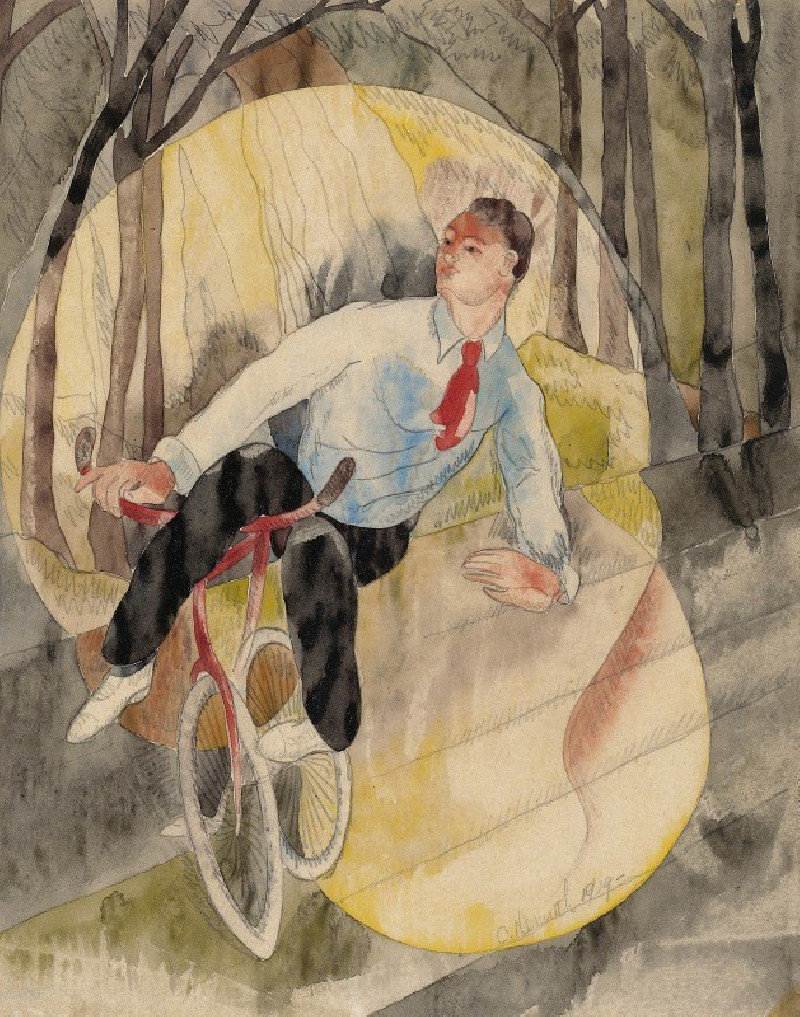
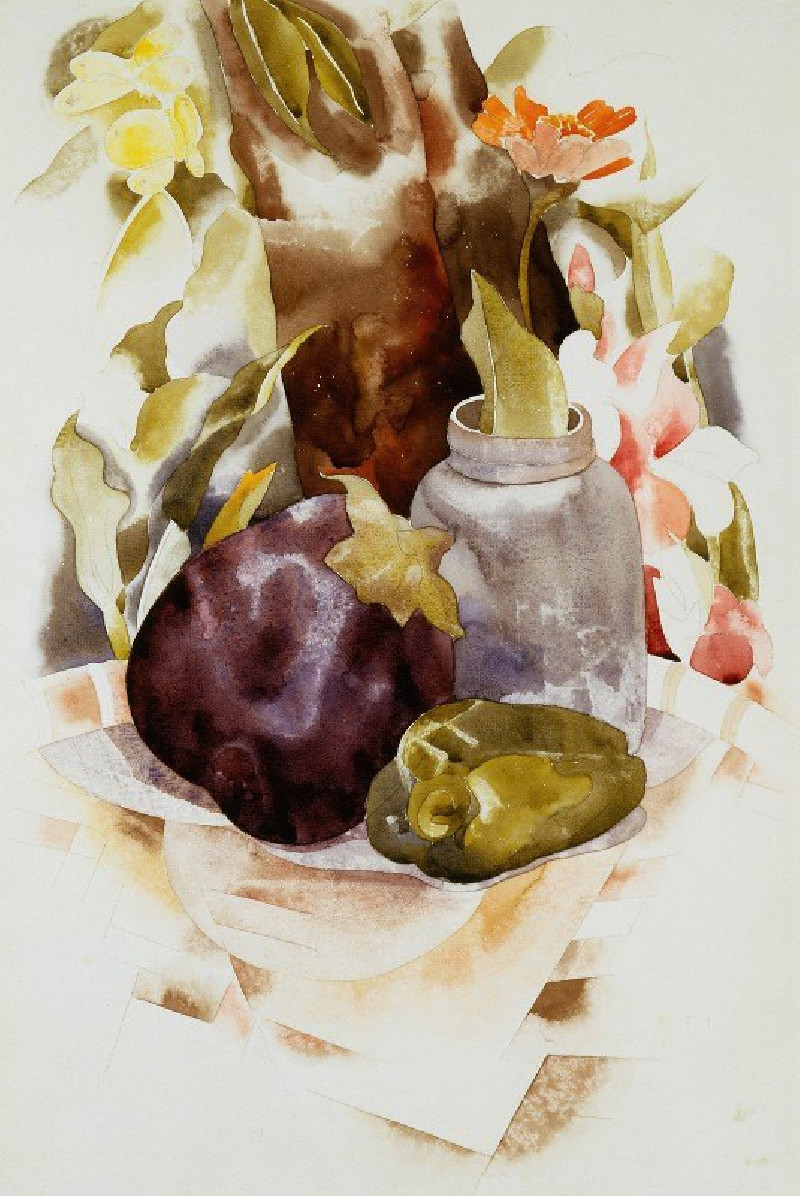
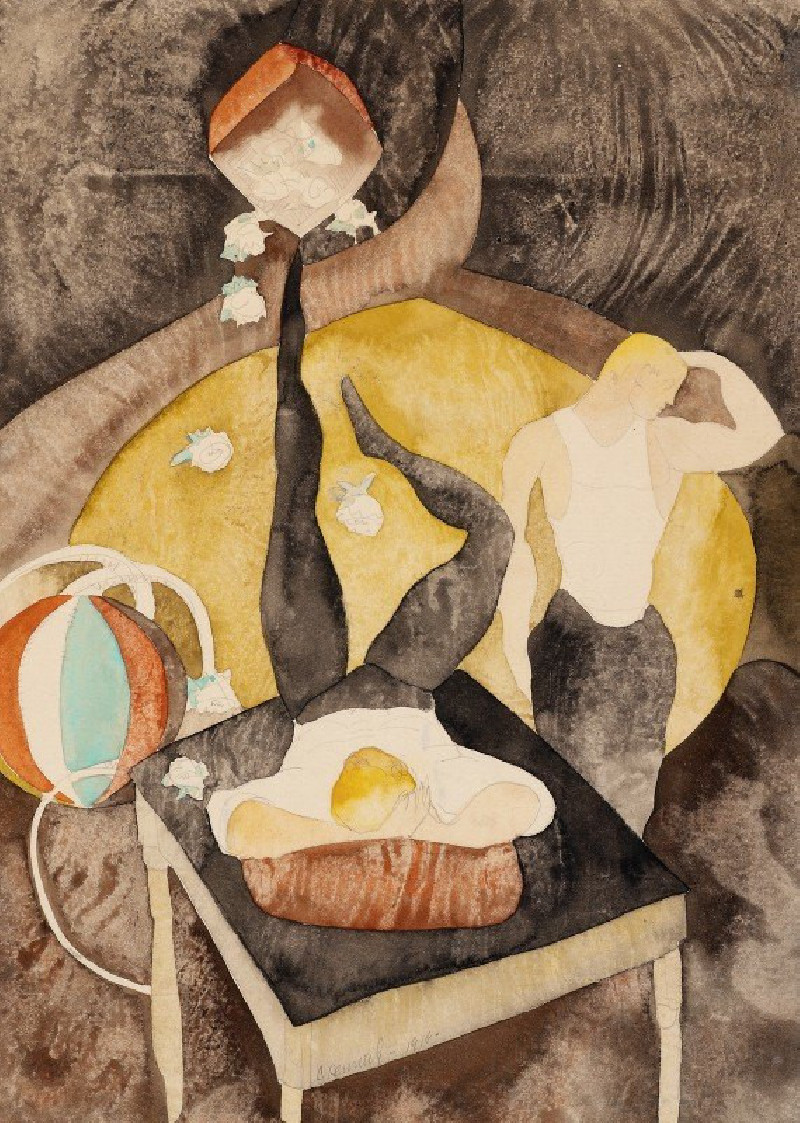
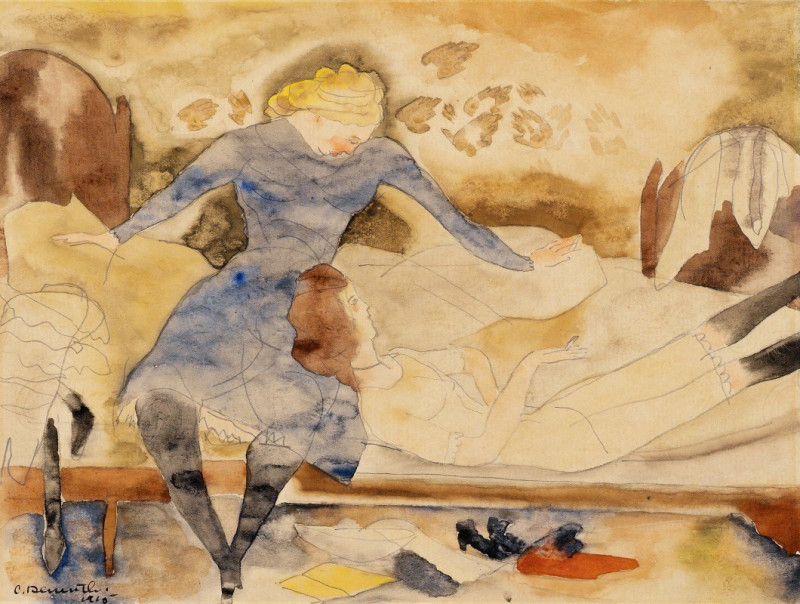
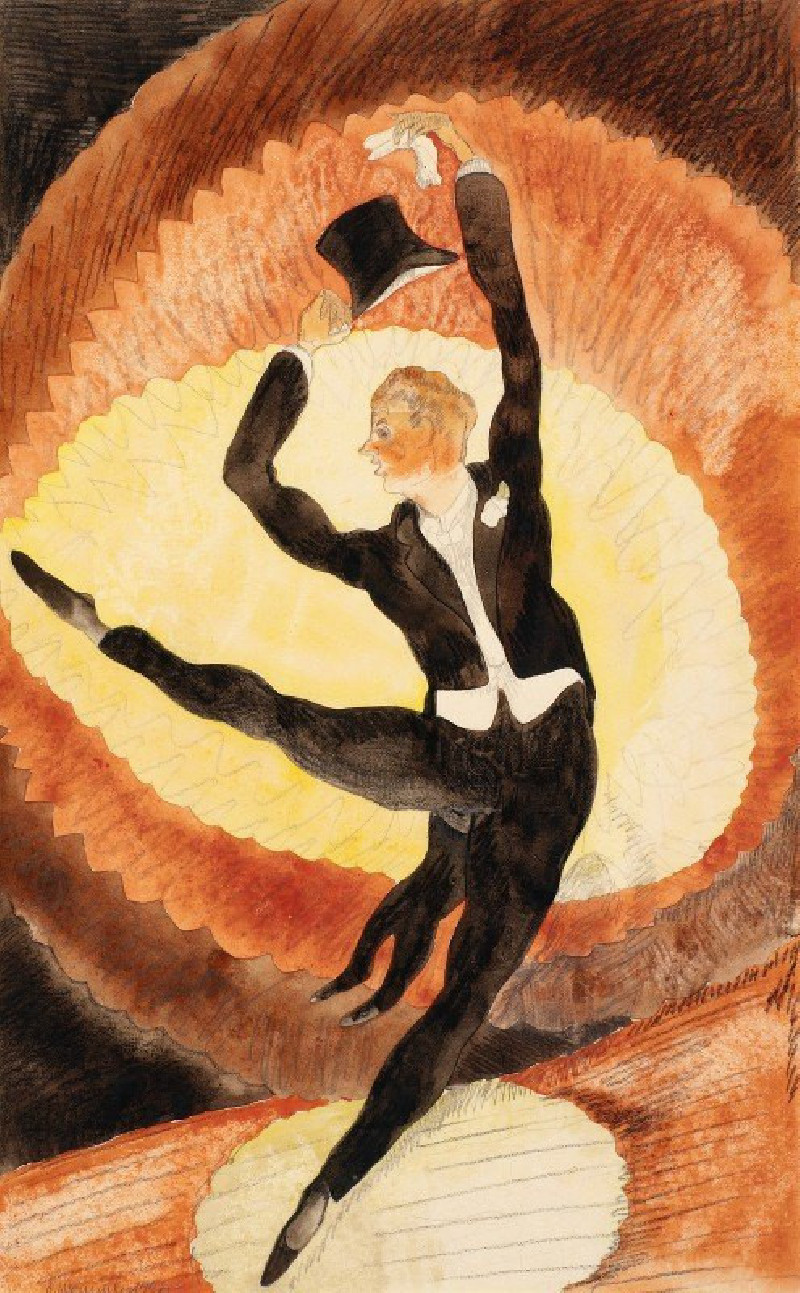

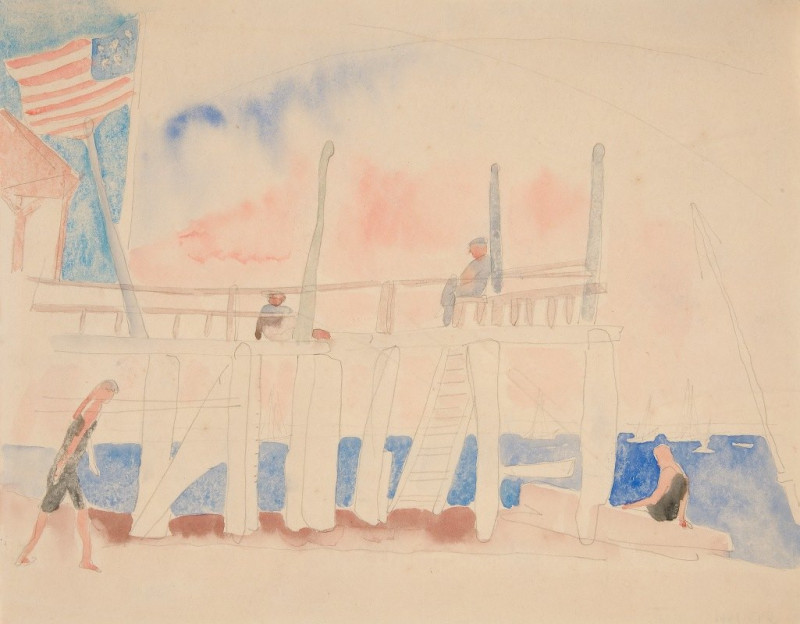






![Portrait of Augusta B. Demuth [the artist’s mother] (1986) reproduction of painting by Charles Demuth. ALL GICLEE PRINTS](https://reprodukcijos.lt/51969-large_default/reproduction-of-portrait-of-augusta-b-demuth-the-artists-mother-1986.jpg)
